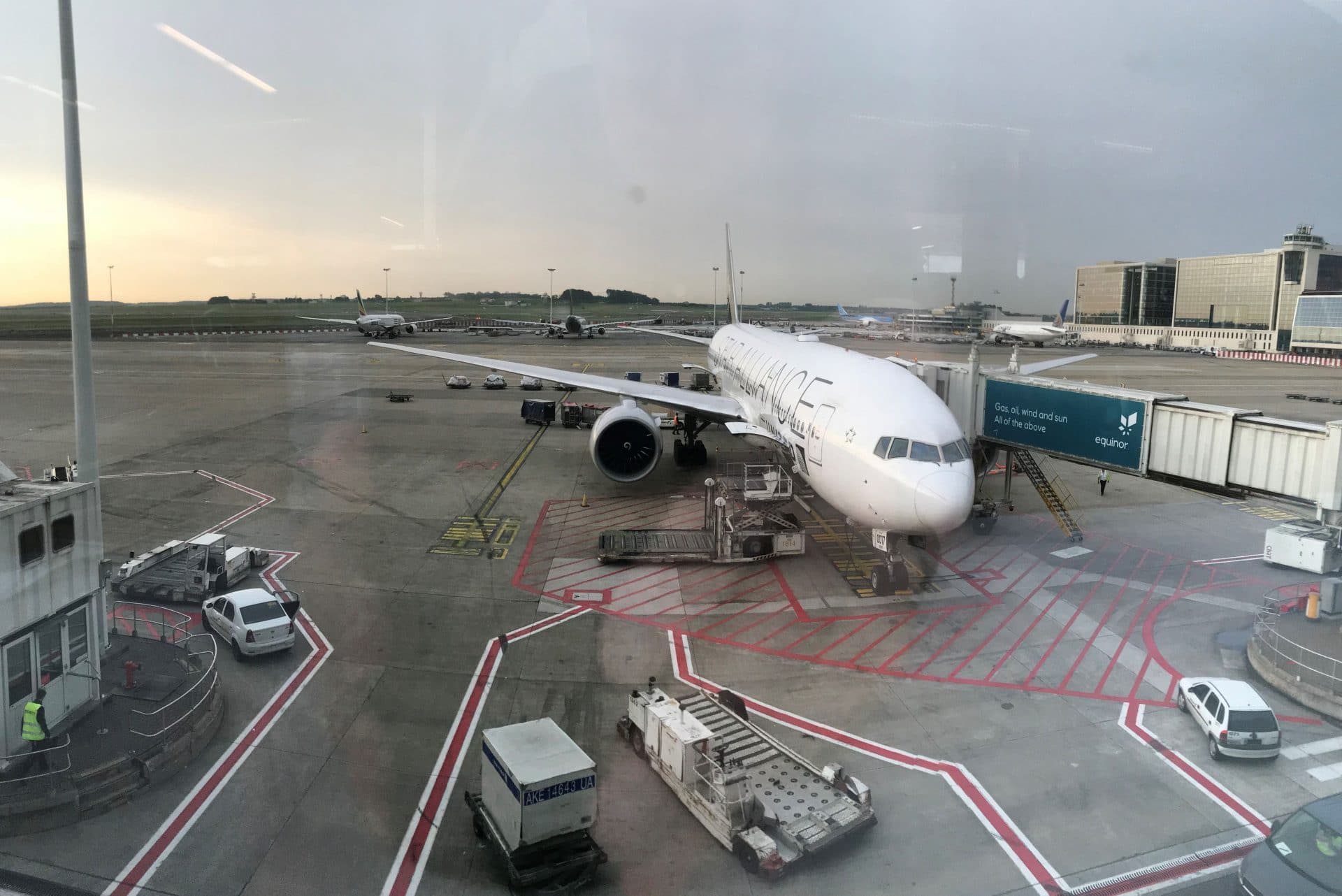Under its agreement with the Federal Aviation Administration (FAA), Aireon is providing the agency with ADS-B[1] flight data for all Boeing 737 MAX aircraft. A constellation of 66 satellites monitors radio beacons from aircraft, providing tracking data that is equivalent to existing ground stations. The monitoring began on 29 January 2021.
Aireon’s system will flag deviations from certain parameters, such as rapid descents, during all phases of flight and alert the FAA’s aviation safety division. Safety engineers and inspectors will use the early notification to further analyse the incident.
Two years ago, it was data from Aireon, albeit aggregated after the fact, that allowed FAA to conclude that the ET302 crash sufficiently matched the JT610 crash and order the Boeing 737 MAX grounding.

[1] ADS–B (Automatic Dependent Surveillance-Broadcast) is a surveillance technology in which an aircraft determines its position via satellite navigation or other sensors and periodically broadcasts it, enabling it to be tracked. The information can be received by air traffic control ground stations as a replacement for secondary surveillance radar, as no interrogation signal is needed from the ground. It can also be received by other aircraft to provide situational awareness and allow self separation. ADS–B is “automatic” in that it requires no pilot or external input. It is “dependent” in that it depends on data from the aircraft’s navigation system. (Source: Wikipedia)



